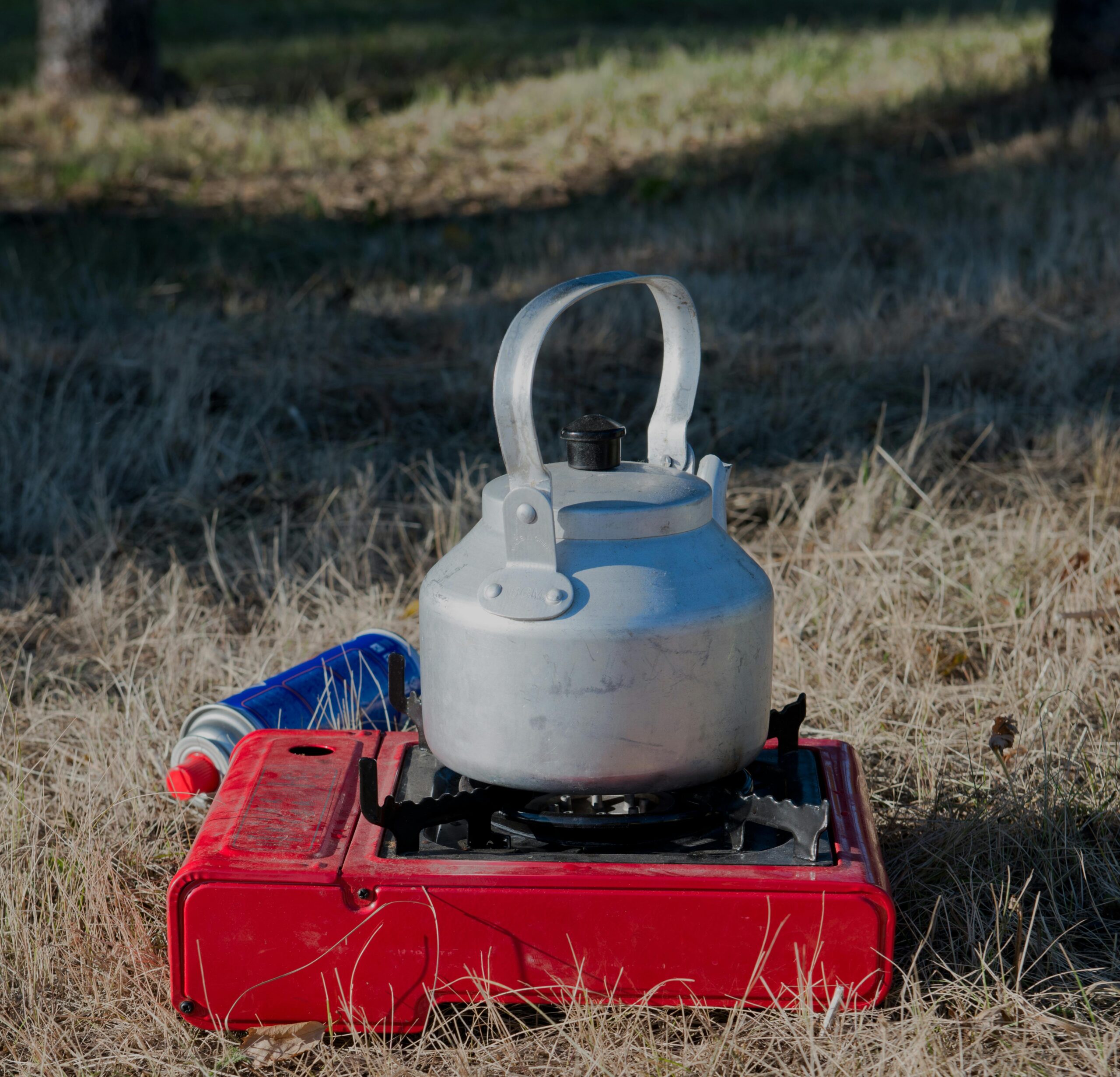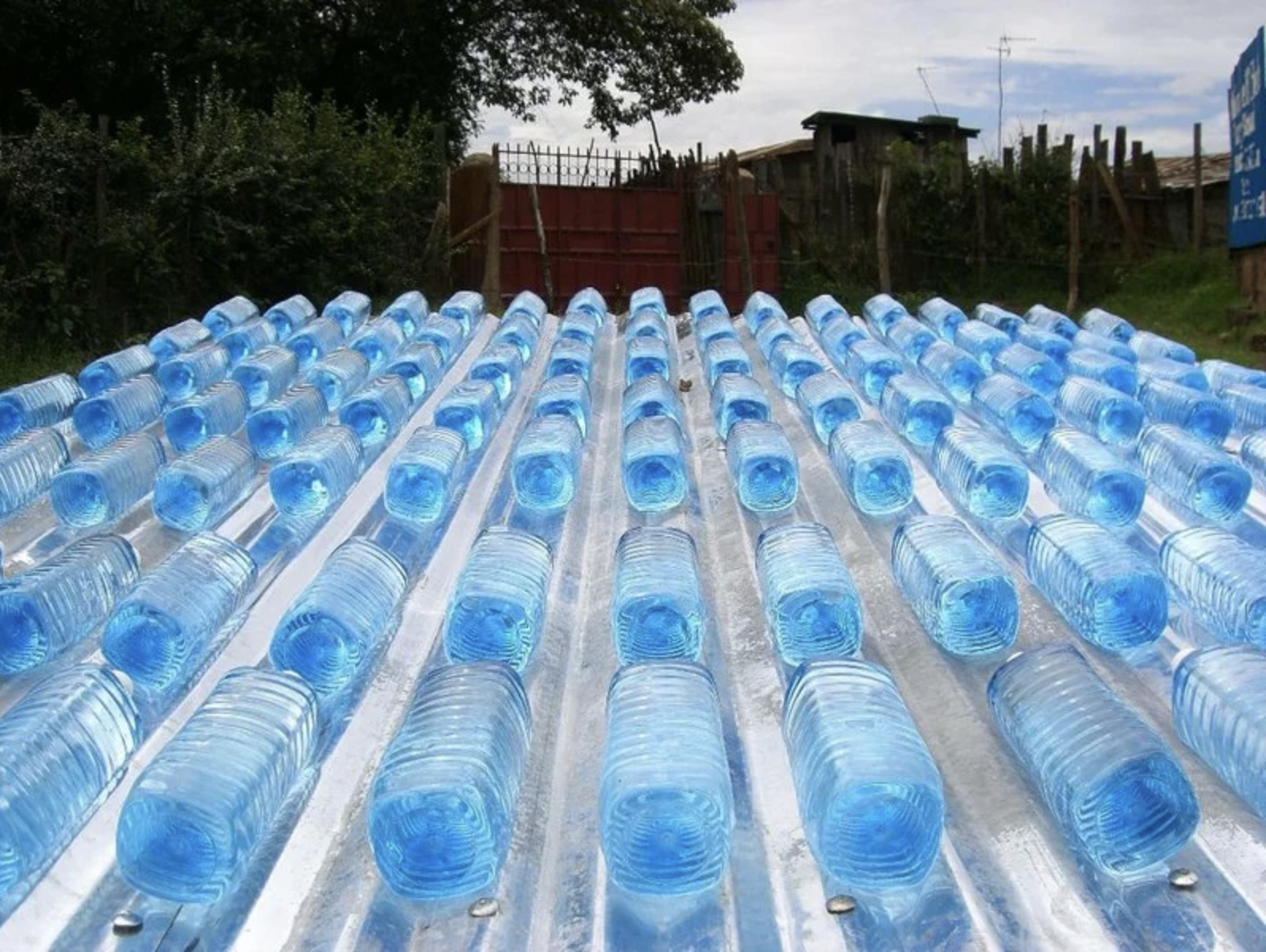jili22 casino How to make safe and clean drinking water in emergency situations
Here are five simple methods to purify your water in emergency situations only, as recommended by official regulatory agencies
In the wake of Typhoon Carina, clean water is more precious than ever, especially for affected communities. The effects of the floods may make tap water unsafe and in these situations, it’s important to know how to purify water to prevent any untoward sicknesses.
If you have suspicions that your water at home is unsafe, avoid using it for drinking, cooking, brushing teeth, washing dishes, making ice, or preparing baby formula.
And if you have no access to clean or bottled water, these are a few water purification methods you can use in emergency situations.
1. Boiling
Boiling is one of the most reliable ways to clean water. It’s a surefire way to kill harmful microorganisms like bacteria, viruses, and parasites that can make you sick.
To clean water through boiling, fill a clean pot with water and bring it to a rolling, bubbling boil for at least a minute. Let it cool before drinking.
While boiling doesn’t remove chemical contaminants, it’s highly effective against biological threats that can cause disease. To improve the taste, you can allow the water to stand or add a little bit of salt to the liquid.
 To clean water through boiling, fill a clean vessel with water and bring it to a rolling, bubbling boil for at least a minute. Photo from Varvara Galvas/Pexels
To clean water through boiling, fill a clean vessel with water and bring it to a rolling, bubbling boil for at least a minute. Photo from Varvara Galvas/Pexels
2. Chlorination
Boiling may not always be possible if there is no electricity or means to start a fire. If this is the case, small amounts of water can be made safe using chlorination. You can chlorinate with water purification tablets, which are often used in general, municipality-wide water treatment. You can also use household disinfectants like bleach, which is highly effective for emergency situations.
Note that the CDC only recommends this for emergency water treatment, when no other safe water is available. The process also involves using extremely low, tiny amounts of bleach, and not large quantities.
First, check the label: Use only regular, unscented household bleach without added cleaners or color-safe options. The bleach should have the active ingredient containing “sodium hypochlorite.” Take note that one drop is equivalent to 0.05 milliliters (ml). For clear water, add two drops of bleach per liter. If the water is cloudy, double the amount to four drops per liter. Stir the water thoroughly and wait 30 minutes before drinking.
The water should have a slight chlorine odor. If it doesn’t, repeat the dosage and wait another 15 minutes.
READ: The post-typhoon cleanup and recovery checklist
3. Solar Water Disinfection (SODIS)
SODIS is a low-cost method often used in developing countries that have no access to safe drinking water. It uses the energy of the sun to improve the microbiological aspects of drinking water by using sunlight to clean the liquid and disable pathogens.
How to do the SODIS method? First, fill clear and clean bottles with water. Make sure labels and adhesive are removed. Shake the bottle vigorously for at least 20 seconds to activate oxygen, which aids in the disinfection process. Place the bottles in direct sunlight, preferably on a reflective surface like corrugated metal sheets or roofs. Expose it to direct sunlight for six hours on a sunny day or up to two days if it’s cloudy.
This method is not effective for water that’s dirty or visibly cloudy.
 In the SODIS method, place the bottles in direct sunlight, preferably on a reflective surface like corrugated metal sheets or roofs. Photo from ecohubmap
In the SODIS method, place the bottles in direct sunlight, preferably on a reflective surface like corrugated metal sheets or roofs. Photo from ecohubmap
4. Filtration
A simple filtration process can improve water clarity by removing larger particles—though this method doesn’t fully protect from microbiological organisms that can cause diseases.
Start with a clean cloth, coffee filter, or paper towel. Pour water slowly through the filter to remove larger particles and sediment. Repeat the process if the water is still visibly cloudy.
Since this method doesn’t remove microorganisms, it can be the first step in the water purification process, followed by the other disinfection steps above.
5. Improvised filters
If you don’t have a clean cloth, coffee filter, or paper towel on hand, creating a makeshift filter can help remove larger contaminants. Note that this method still requires additional disinfection for safe drinking.
To make an improvised filter, layer materials in a container: gravel at the bottom, then sand, then crushed charcoal, if available. Pour water through the makeshift filter. Collect the filtered water in a clean container afterward.
This method improves water clarity and can remove some contaminants, but it also doesn’t ensure complete microbiological safety. Always use improvised filters with another disinfection method like boiling or chlorination.
**
Remember, these purification methods are for emergency situations only, when you have virtually no access to clean or bottled water.
Always prioritize official guidance from the local authorities or relief organizations when possible.
READ: LIST: Emergency hotlines in Metro Manila
Sources:
Eawag-Sandec. “Solar Water Disinfection (SODIS): A Water Treatment Process Used at a Household Level.” European Commission, n.d. https://ec.europa.eu/echo/files/evaluation/watsan2005/annex_files/SKAT/SKAT1 -Solar disinfection of water/pamphlet_e.pdf
“Making Water Safe in an Emergency.” Centers for Disease Control and Prevention, Centers for Disease Control and Prevention, 16 Nov. 2022, www.cdc.gov/healthywater/emergency/making-water-safe.html
Panoff, Lauren RDN. “How to Filter Water at Home: Tips, Safety, and Instructions.” Healthline, Healthline Media, 24 Feb. 2021jili22 casino, www.healthline.com/nutrition/how-to-filter-water#why-filter-water

